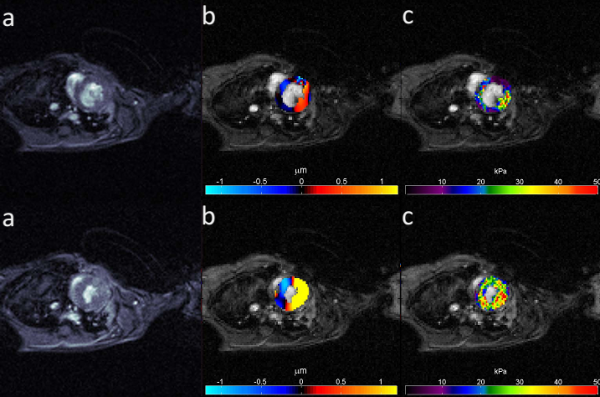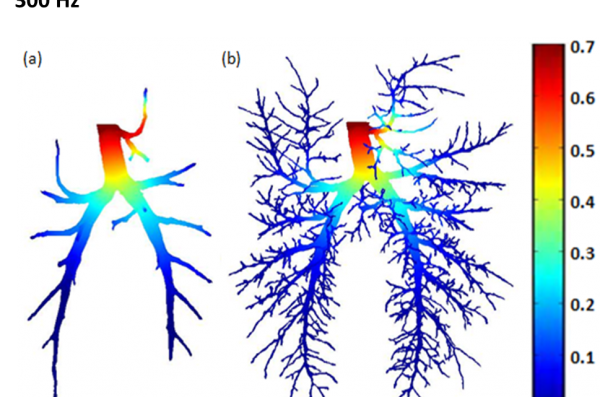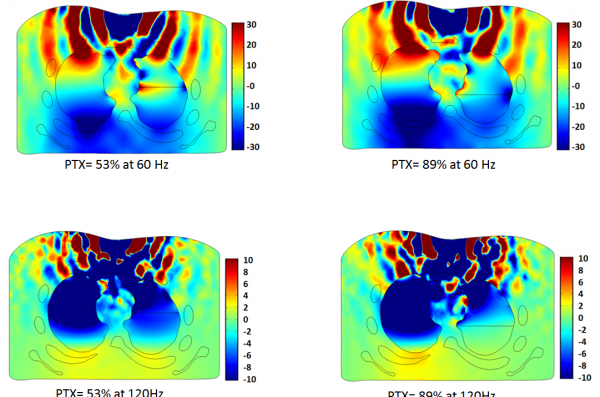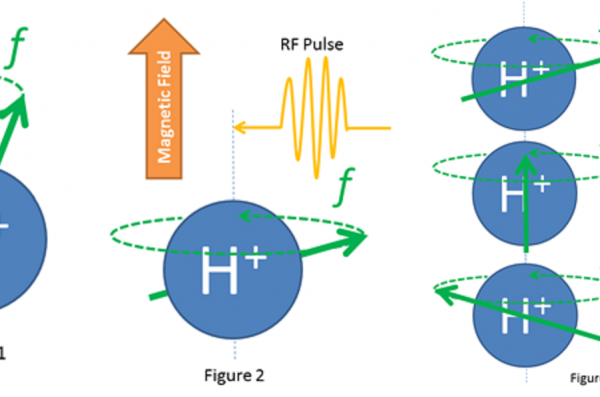AHP Research
Introduction to research Heading link
Introduction to Experiments
Measuring sound transmission through the torso and lungs may be of value if altered transmission patterns correlate with pathology in ways that can be detected and used to provide a reliable and quantitative diagnosis of disease or injury. An accurate computer simulation of the sound transmission may aid in interpreting experimental measurements.
In the present study, vibratory excitation in the frequency range of 50-400 Hz is implemented on the chest surface of two normal human subjects. The technique used introduces mechanical waves of broad frequency content that is more controllable than the low frequency content obtained by tapping in conventional auscultatory percussion. The underlying hypothesis of the technique is that the high-frequency mechanical waves generated by the vibratory excitation on the anterior chest propagate to the posterior chest through internal organs between the location of measurement and the point of excitation. The change in intrathoracic organs would partially alter the wave propagation and the resulting motion amplitude at the measurement location.
In this article, by applying the vibratory excitation to the sternum, the posterior torso surface motion excitation was experimentally measured and used to partially validate the results obtained from a computer simulation of the vibratory response of the torso to the external excitation source. This computer simulation model is then used to predict changes in acoustic transmission caused by a pneumothorax (PTX). To provide additional indirect validation of simulation results, the same experimental measurements and computer simulations are conducted on a freshly sacrificed porcine model under normal and PTX conditions. Similar trends in measured sound transmission and how it is affected by a PTX are observed in the porcine and human studies. The developed computational simulation models may be of use in assessing the performance of other acoustic approaches and the diagnosis of other injuries and diseases.




